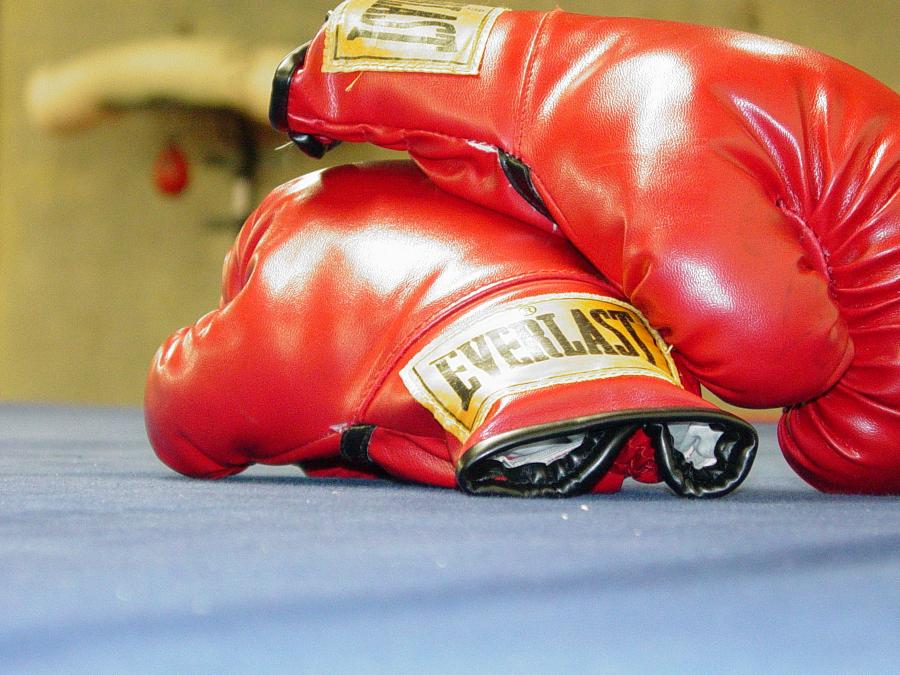Scenes from the Pilgrim Story: Myths, Massacres, and Monuments
An art installation by Sam Durant
Massachusetts College of Art
November 7-22, 2006
Reviewed by Kathleen Kilgore
Did those old museum dioramas ever creep you out? You know, the brown mannequins in droopy leather loincloths, Daddy Indian skinning a deer, the papoose in his cradleboard dangling from a tree branch, and Mama grinding grits between two rocks? You probably passed them without a second thought, on your way from the Hall of Mammals to the Dinosaurs.
I always hurried by the Native Peoples of North America. I didn’t want the other kids to notice my own black braids and tilted eyes, or remember the time my mother made me bring in beadwork for Show and Tell. And, most of all, I didn’t like to think about the fact that, when the Puritan ancestors on one side of my family (I am a documented Mayflower descendant) were stepping off the boat onto the New World, the rest of my family had been here for a good 10,000 years. We weren’t African American, so we were safe from legal segregation, but neither were we really, truly white. So when I heard that progressive artist Sam Durant had produced his own take on those old dioramas, I had to see it. I wasn’t disappointed.
The first thing that you notice is the absence of barriers between the viewer and the mannequins. No glass, no frames. The Indians and the Pilgrims are in your face, both literally and figuratively. The first two objects on display are a reproduction of Plymouth Rock and a handsome brave who has turned his back on it—and on the viewer—presumably in dignified protest. A little too obvious for my taste, but it’s only the beginning.
The show closely follows the format of a museum. Walls are lined with explanations and inscriptions. My favorite quote is from a 17th-century Q. and A., Reasons and Considerations Touching the Lawfulness of Removing out of England into the Parts of America. The first question posed is “What right have I to go live in the heathens’ country?” Even then, some people must have had misgivings about the plantation enterprise. But Reasons and Considerations goes on to reassure the doubting Englishman that God and virtue are on the side of settlement. The museum tour continues with illustrated time lines, comfortable chairs to peruse books such as the excellent The Name of War: King Philip’s War and the Origins of American Identity by Jill Lepore, and even a walk-in theater showing a faked-up “documentary” narrated in the formal tones of 1950s Williamsburg. The problem with this conceit is that, like the museums it satirizes, the result can be didactic, self-important, and tiresome. In today’s multicultural world, does any mainstream thinker still openly espouse the old justifications for living “in the heathen’s country”? Manifest Destiny, la mision civilisatrice, the Will of God, Social Darwinism, or overt racism? These myths seems pretty well busted. Of course, we’ve created a long list of new ones, but that’s another story.
But the rotating diorama centerpiece is what I came to see, and it is a stunner. One half depicts two Pilgrims watching a kneeling Indian (the ever-helpful Squanto) depositing a fish in a shallow depression as if he’s explaining something to a child. “See, first you put the fish into the hole. That’s right, the whole fish. Doesn’t matter whether the head is up or down. Then the kernels.” One Pilgrim wears a wooden yoke with buckets, presumably to water the seeds.
It’s the flip side of the diorama that sends the artist’s message: the American Primal Scene, loud and clear. Against a background of a European style home, a highborn Pilgrim clad in rich leather boots and silver-buttoned breeches stands menacingly over a different kneeling Indian. One white hand is balled in a fist, and the other wields a wooden bat. The Indian is reaching for his stone tomahawk, but you know he isn’t going to make it. Another blow will fall, and he’ll be down for the count. One Indian dead. Cold-cocked near Plymouth Rock. How many million more to go? The motor hums, and my relatives go round and round on their historical merry-go-round.
And the rest of the installation? The Plymouth National Wax Museum removed the Pilgrim-versus-Indian diorama from public view in 1970, because the owners came to realize it was offensive. In fact, so little of the scene remained in storage that Durant was forced to reconstruct it from a 1950s post card. The museum went out of business, which was the occasion for Durant to buy the mannequins in the first place. Clearly, there wasn’t much of a market left for the old-school Mayflower story. In today’s Plymouth members of the Wampanoag Nation hold traditional festivals, teach, and present their own interpretation of their culture at the upscale Plimoth Plantation.
Thanks to Native American activists, revisionist historians, and a general appreciation of diversity, we have already recast the Pilgrim Story. And the artist has put the revised version together in a compelling presentation.
So, does Durant’s diorama creep me out? Yes, it does. And it was only later that I put my finger on the reason. It’s that old American dichotomy: good Indian/bad Indian. Praying Indian/ heathen murderer. Tonto/Geronimo. One face of the diorama shows the kindly Squanto. On the other, the noble warrior falls victim.
When you take the “savage” out of Rousseau’s “noble savage,” you’re left with “noble.” And that’s how Durant (and so many other artists, writers, film makers) portrays Native Americans today: as activists, spiritual leaders, noble warriors, innocent victims. It’s one hell of an image to live up to.
What about another option: equality? Not better, not worse. “As good as” would do fine. But it only takes a visit to the reservation to remind me: that’s still a long way off.
Kathleen Kilgore is Cultural Survival’s Director of Development.



